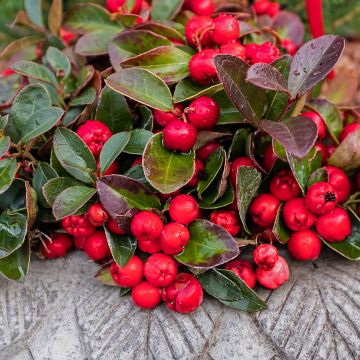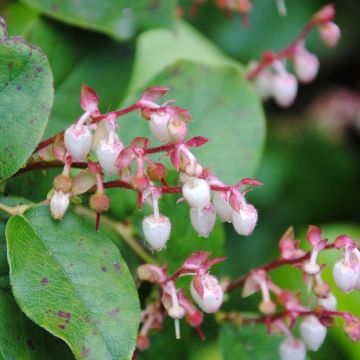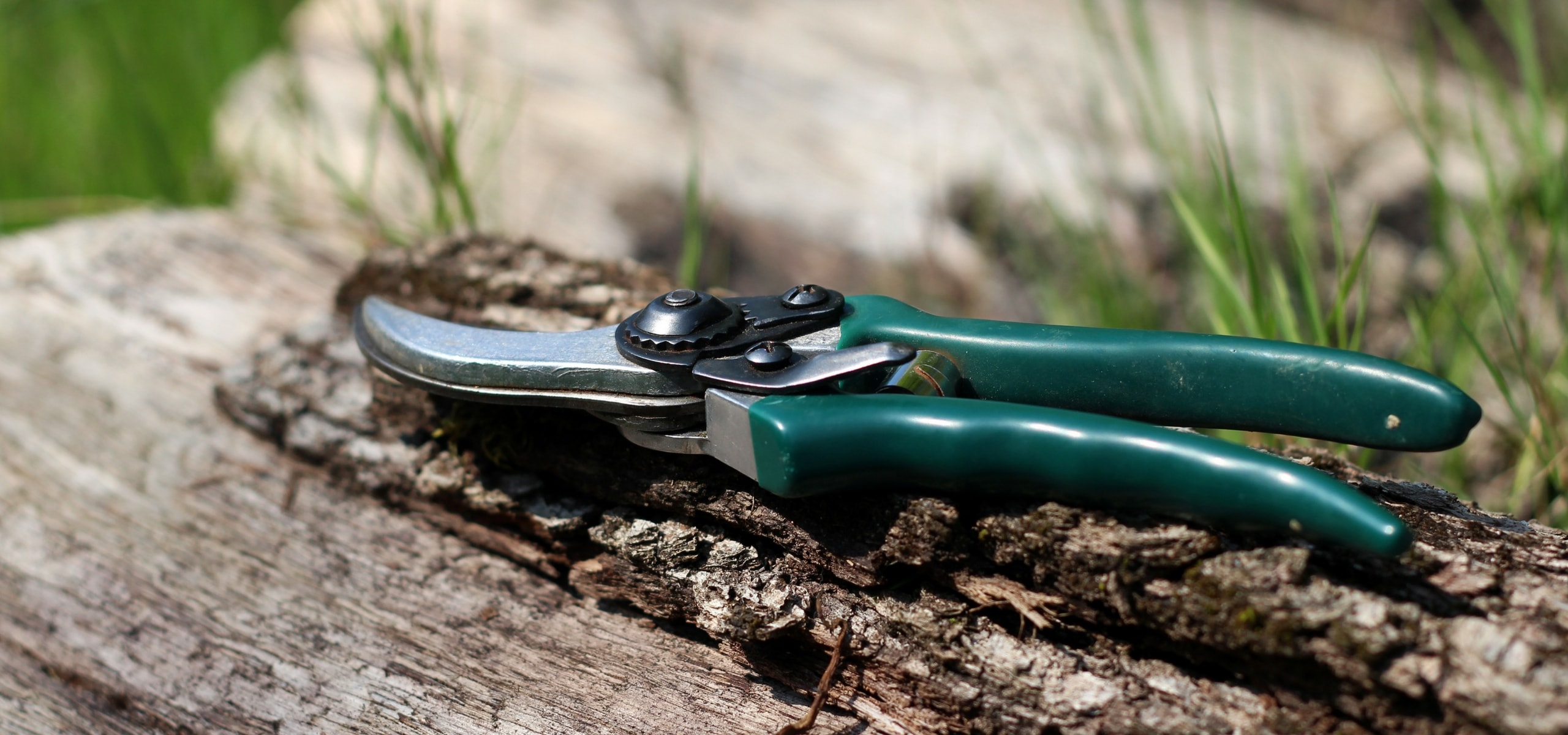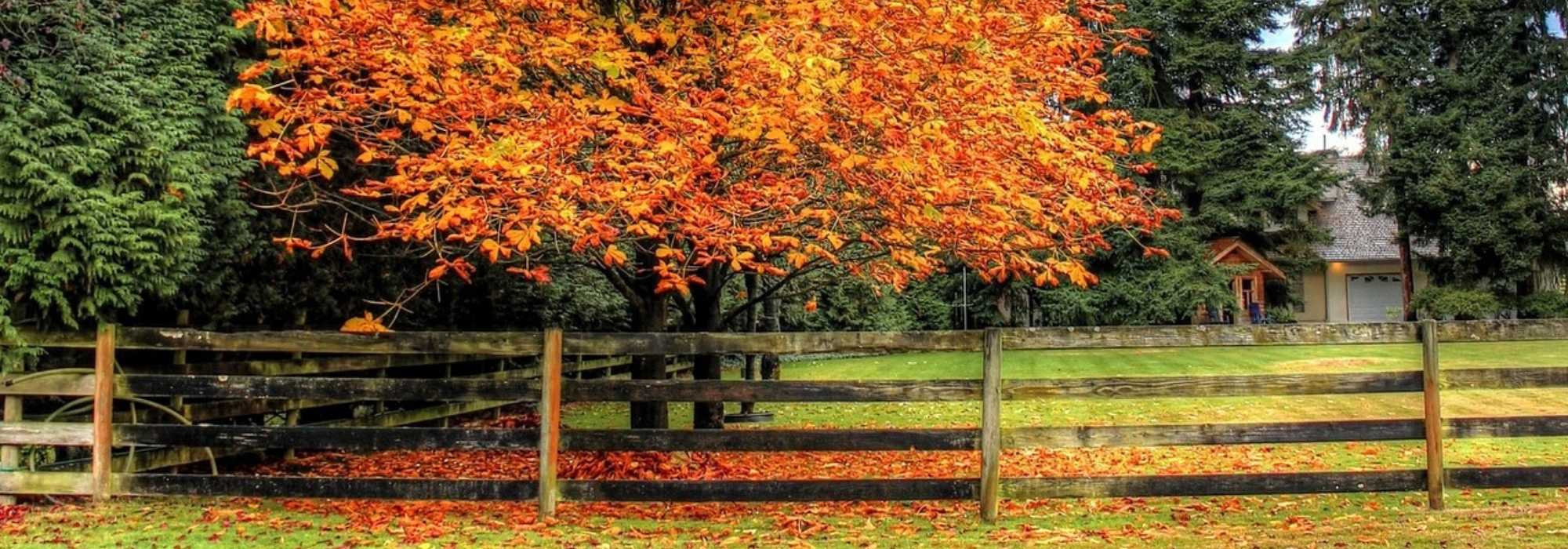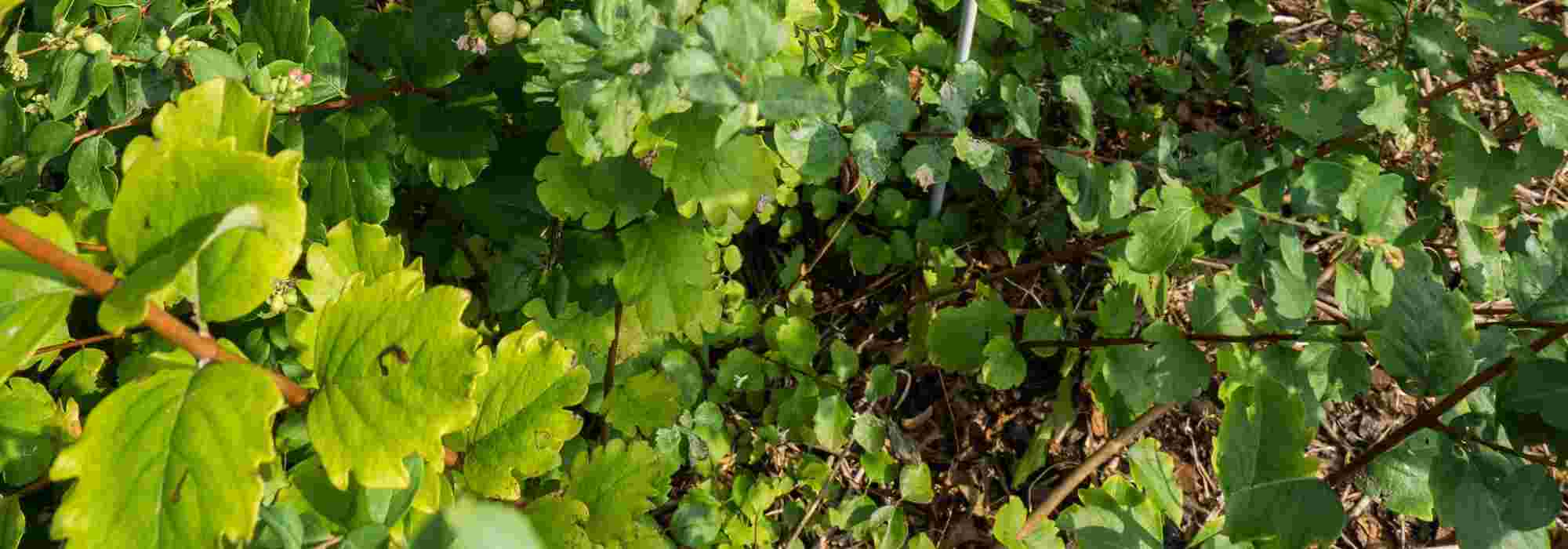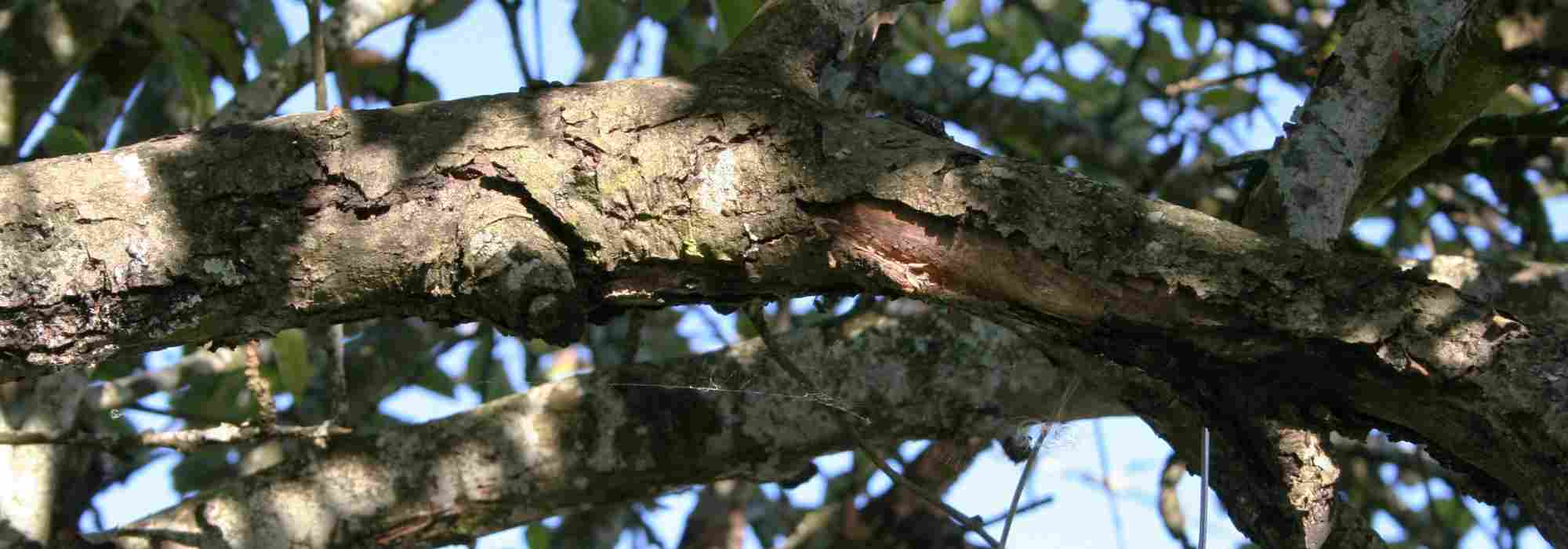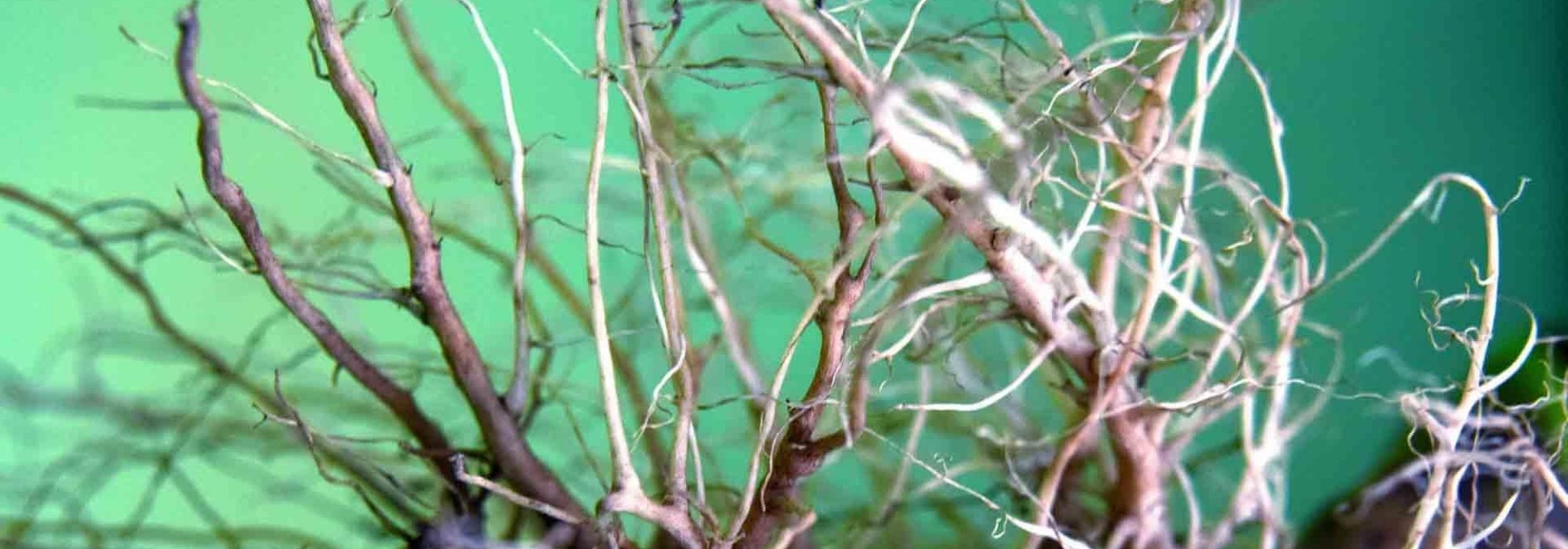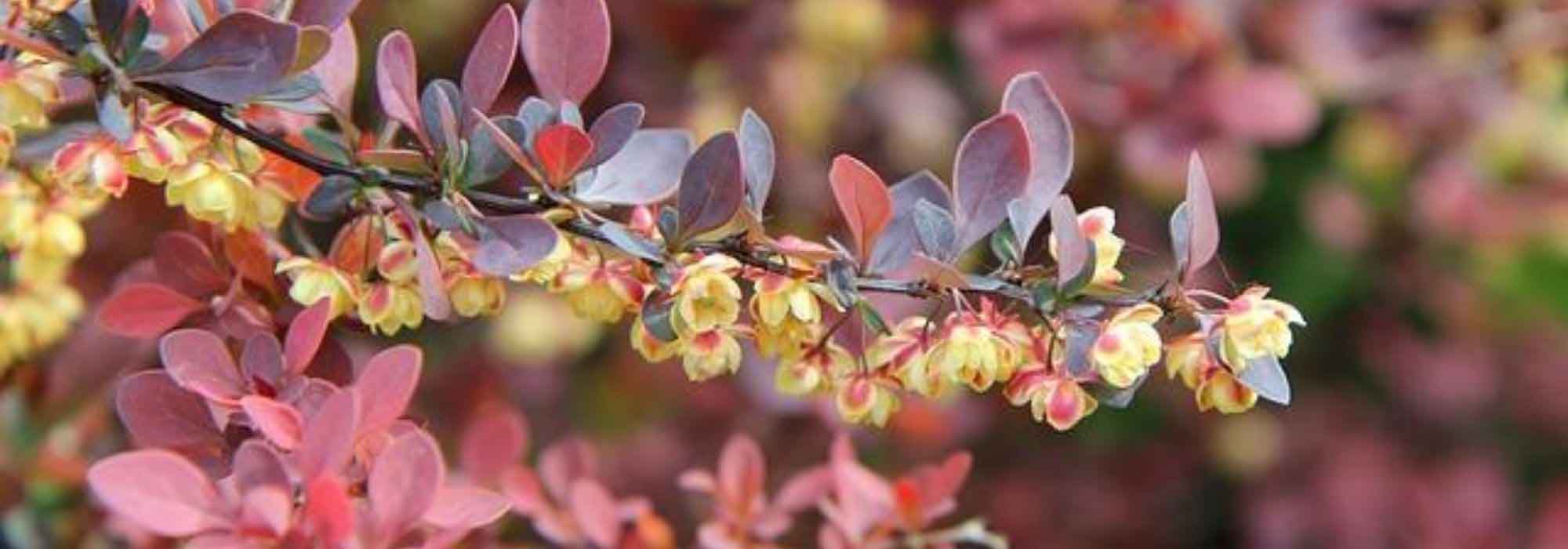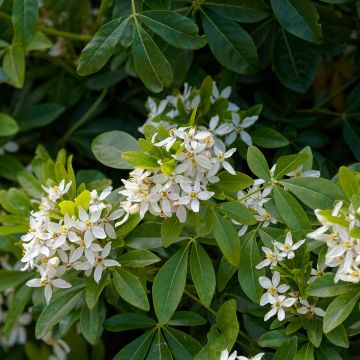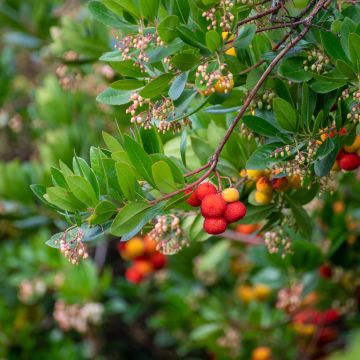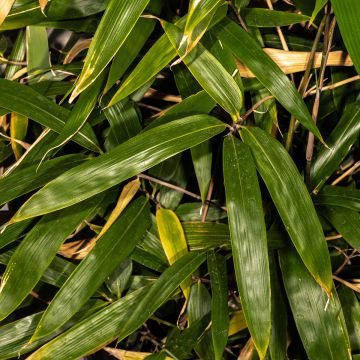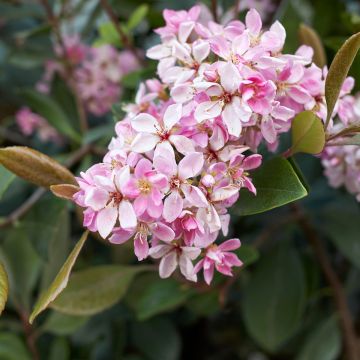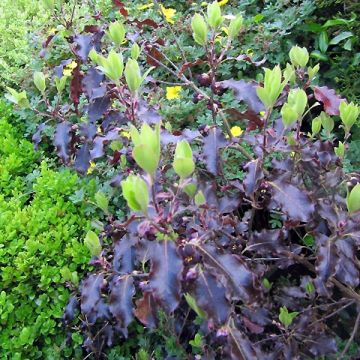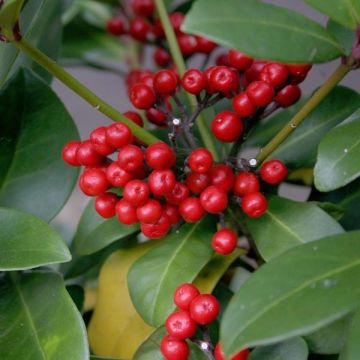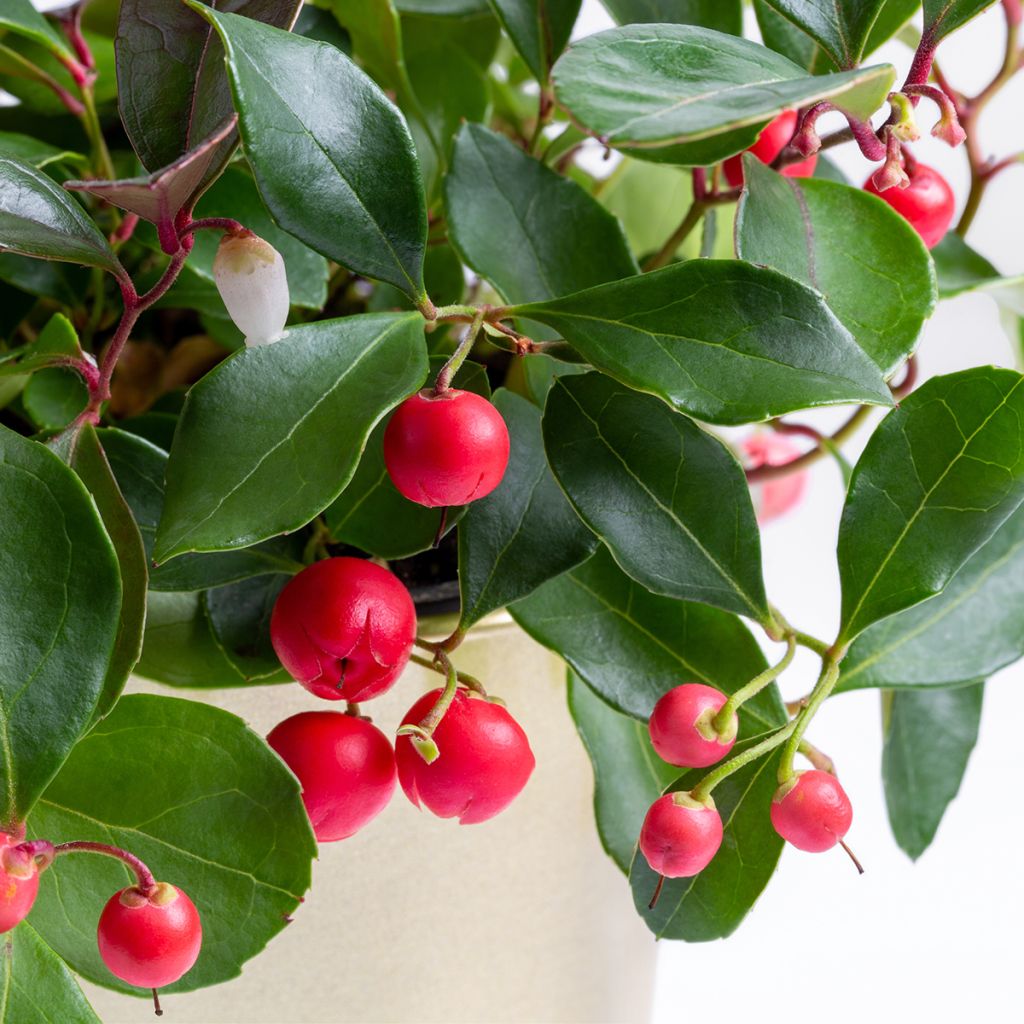

Gaultheria procumbens Gaubi
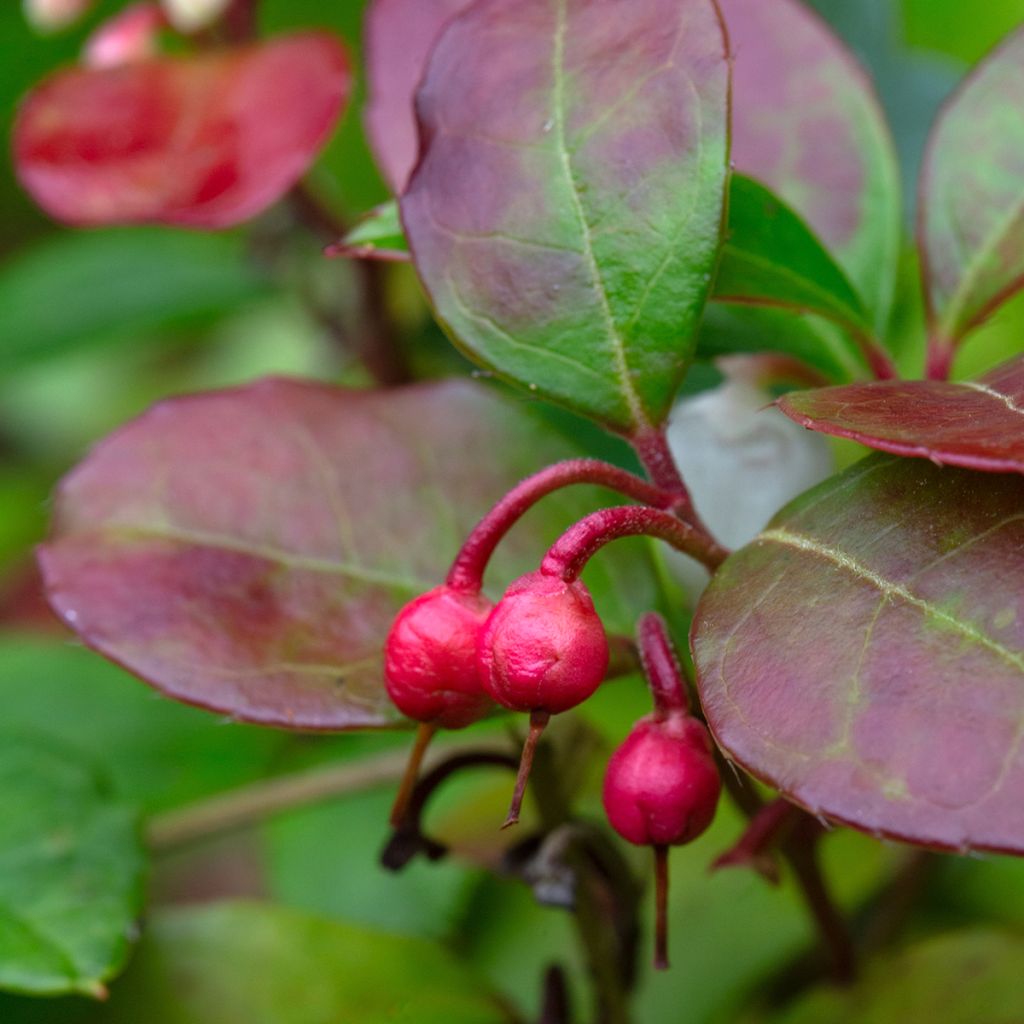

Gaultheria procumbens Gaubi
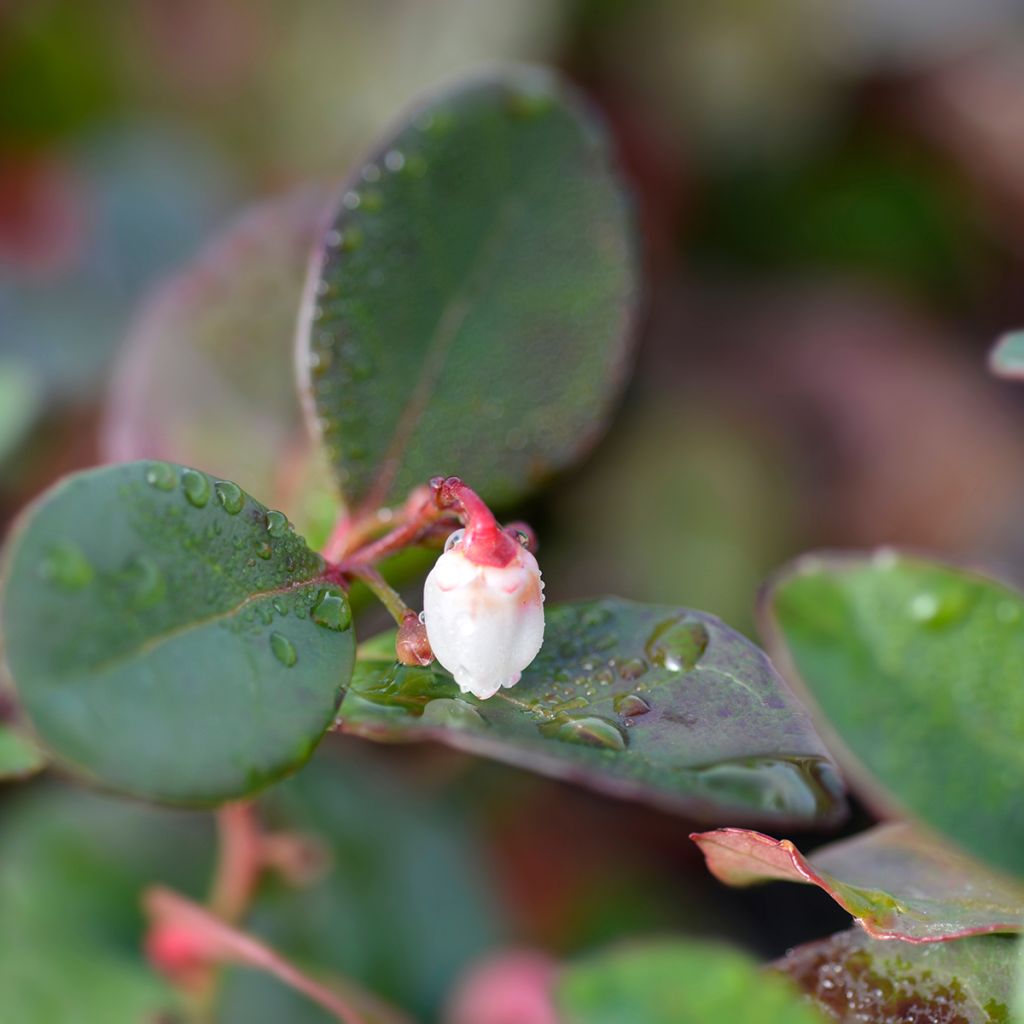

Gaultheria procumbens Gaubi
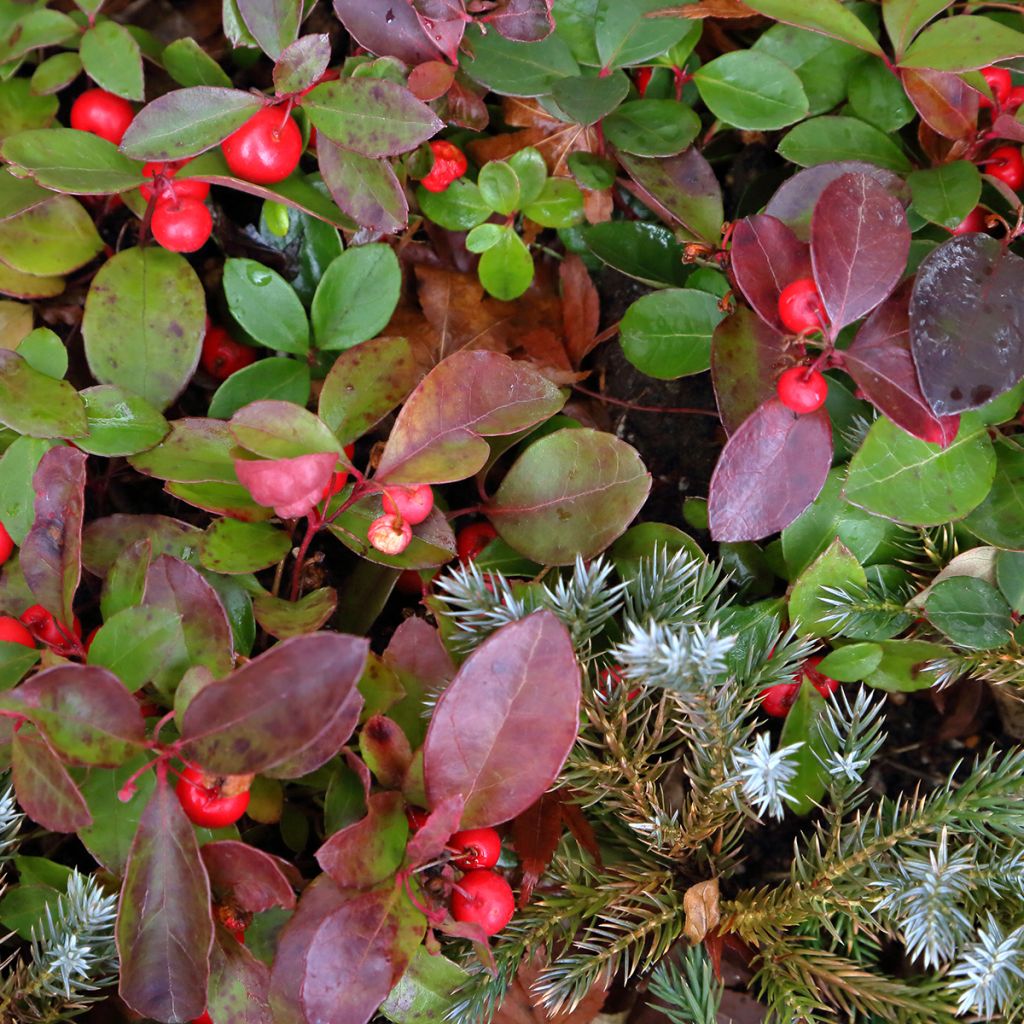

Gaultheria procumbens Gaubi
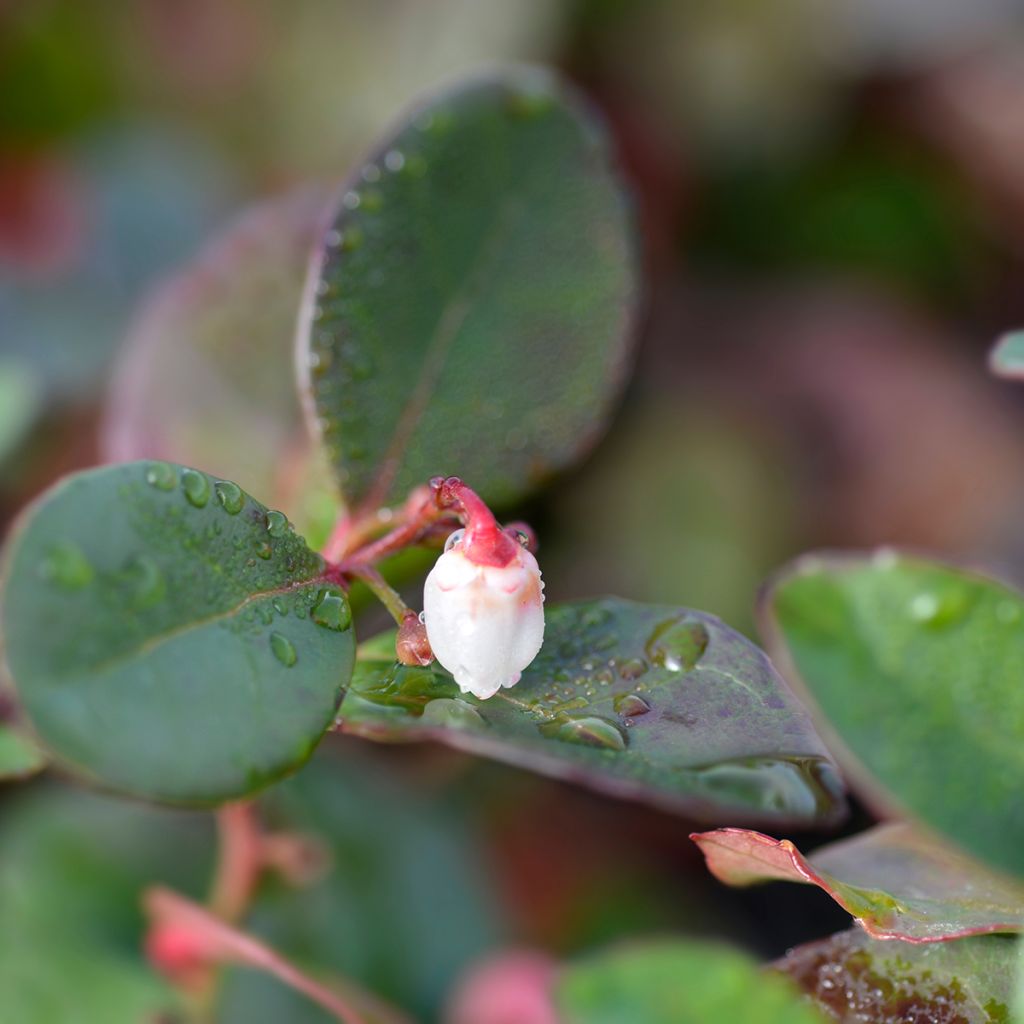

Gaultheria procumbens Gaubi
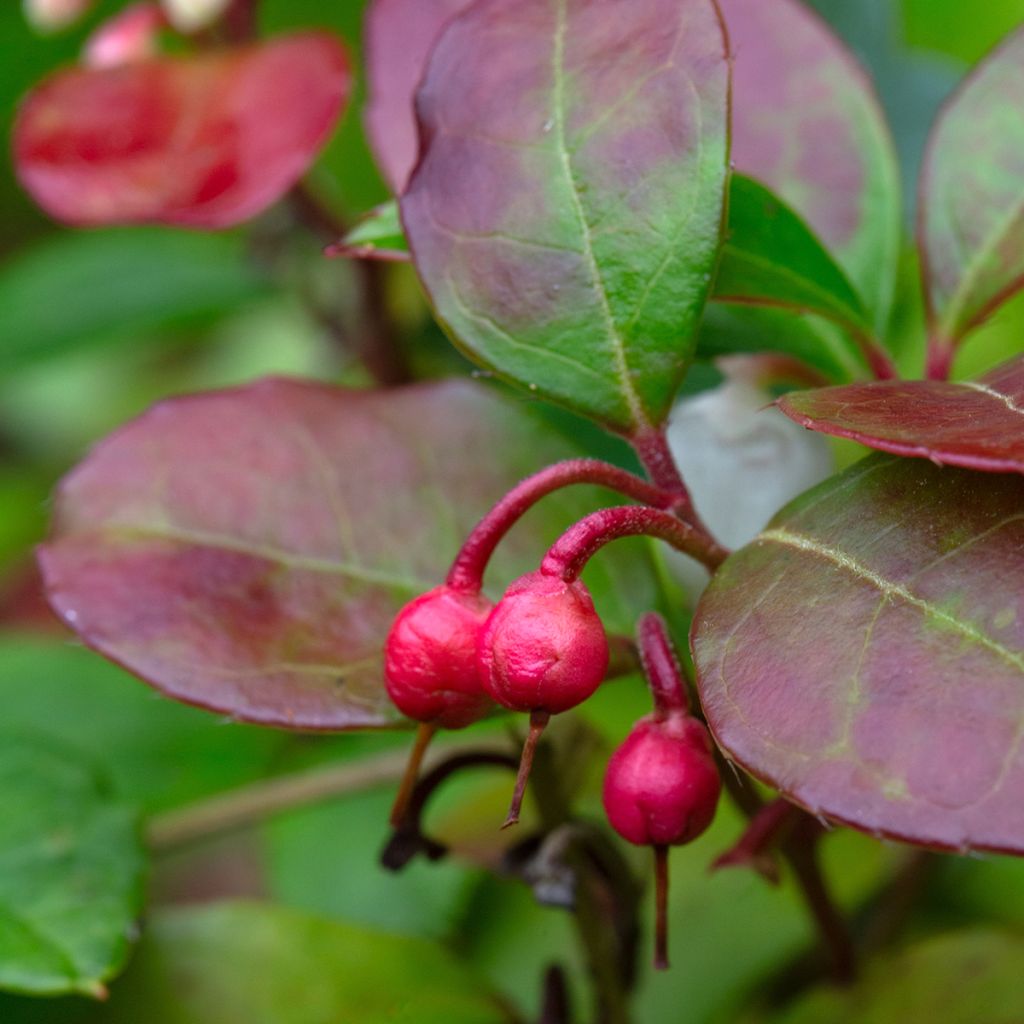

Gaultheria procumbens Gaubi
Gaultheria procumbens Gaubi
Gaultheria procumbens 'Gaubi' BIG BERRY
Eastern Teaberry, Checkerberry, Boxberry, American Wintergreen
Special offer!
Receive a €20 voucher for any order over €90 (excluding delivery costs, credit notes, and plastic-free options)!
1- Add your favorite plants to your cart.
2- Once you have reached €90, confirm your order (you can even choose the delivery date!).
3- As soon as your order is shipped, you will receive an email containing your voucher code, valid for 3 months (90 days).
Your voucher is unique and can only be used once, for any order with a minimum value of €20, excluding delivery costs.
Can be combined with other current offers, non-divisible and non-refundable.
Why not try an alternative variety in stock?
View all →This plant carries a 24 months recovery warranty
More information
We guarantee the quality of our plants for a full growing cycle, and will replace at our expense any plant that fails to recover under normal climatic and planting conditions.
Does this plant fit my garden?
Set up your Plantfit profile →
Description
Gaultheria procumbens 'Gaubi' or Big Berry is a variety of creeping Gaultheria selected for its abundant winter fruiting of large, bright red berries. It is a small bush with a dwarf and spreading habit, with suckering branches that bear attractive dark green evergreen foliage that turns reddish in autumn. It produces delicate, small, bell-shaped white-pink flowers in July-August. These flowers then transform into large, highly visible fruits that completely cover the plant from October to March. It can enhance the landscape all year round, whether in beds or decorative pots. However, it is often found in the market, potted and presented as a round plant covered in bright red fruits, especially during the holiday season. It has become an essential part of holiday decorations. This hardy plant can withstand cold temperatures, but it requires acidic, moist, well-drained soil and shade or partial shade to thrive.
The creeping Gaultheria, Gaultheria procumbens in Latin, belongs to the ericaceae family, which includes 128 genera, such as heathers (Erica), blueberries (Vaccinium), rhododendrons (Rhodendron), azaleas (Azalea)... It is also sometimes called Canadian tea or wintergreen. It originates from the acidic undergrowth of the large forests of North America, Canada, and China. This herbaceous plant forms a creeping bush that does not exceed 15 to 20 cm in height and 30 to 40 cm in width. It develops slightly running underground stems that become aerial over time. These stems bear small, dark green, glossy, lanceolate leaves measuring 3 to 5 cm, which are leathery and alternate. They turn purple in autumn. When crushed, the leaves release an almond-like fragrance similar to that of meadowsweet. The species procumbens is monoecious, with male and female flowers borne on the same plant. The solitary, waxy, white-pink bell-shaped flowers appear in the leaf axils. After being pollinated by insects, they produce many round and shiny, bright red berries, measuring 5 to 6 mm in diameter. These berries persist on the plant from October to March and can be enjoyed as a treat by some birds.
The 'Gaubi' variety, also commercially known as BIG BERRY, is a horticultural selection that possesses all the characteristics of the species, with the distinction of having larger fruits (8 to 10 mm in diameter) and more abundant fruiting. Extremely hardy (to -35°C), it also withstands drought once established. However, it is sensitive to limestone. It prefers an acidic to neutral, well-drained soil without stagnant moisture. Easy to grow and virtually maintenance-free, this Gaultheria only requires light pruning in March-April to remove the remaining fruits, contain the plant within the desired space, and promote the growth of fresh foliage. Its low, dense, and compact growth allows it to be used in ground cover beds, as borders for beds, for slope or rock garden landscaping, as well as for undergrowth coverage. However, it should always be protected from excessively hot sun exposure. In acidic soil, Gaultherias form beautiful carpets at the base of larger shrubs, such as mountain laurel, rhododendrons, camellias, deciduous azaleas, andromedas... When grown in pots or containers, it enriches balconies, window sills, and verandas with its intense red fruiting.
Gaultheria procumbens is a small ornamental plant with many virtues. In North American regions, it is called Canadian tea or wintergreen because its leaves are used to make tea. The berries are also incorporated into pies, sweets, and ice creams. When crushed, the leaves and flowers release a delightful fragrance. The leaves are rich in methyl salicylate, the molecule that is the basis of aspirin. Thus, Gaultheria produces an essential oil with anti-inflammatory and analgesic properties.
Be careful not to let children play with its attractive berries, as even though they have therapeutic benefits, an incorrect dosage of medicinal plants can be toxic.
Report an error about the product description
Gaultheria procumbens Gaubi in pictures




Plant habit
Flowering
Foliage
Botanical data
Gaultheria
procumbens
'Gaubi' BIG BERRY
Ericaceae
Eastern Teaberry, Checkerberry, Boxberry, American Wintergreen
Gaultheria procumbens Big Berry
Cultivar or hybrid
Planting and care
Plant Gaultheria procumbens Big Berry in acidic soil, or at a push in neutral soil, but be careful of limestone which it doesn't like. It is accustomed to shade or semi-shade. Mulching with pine bark or needles will be a good idea, to maintain the necessary moisture in its first year. After planting, give it a generous watering with non-limestone water to remove any air pockets, then continue to water throughout the first summer. In the long term, add ericaceous soil or organic matter to its base each year. As for pruning, limit the spread to the area you have reserved for your wintergreen by cutting back any excess, taking care not to chop the branches.
Planting period
Intended location
Care
Planting & care advice
This item has not been reviewed yet - be the first to leave a review about it.
Similar products
Haven't found what you were looking for?
Hardiness is the lowest winter temperature a plant can endure without suffering serious damage or even dying. However, hardiness is affected by location (a sheltered area, such as a patio), protection (winter cover) and soil type (hardiness is improved by well-drained soil).

Photo Sharing Terms & Conditions
In order to encourage gardeners to interact and share their experiences, Promesse de fleurs offers various media enabling content to be uploaded onto its Site - in particular via the ‘Photo sharing’ module.
The User agrees to refrain from:
- Posting any content that is illegal, prejudicial, insulting, racist, inciteful to hatred, revisionist, contrary to public decency, that infringes on privacy or on the privacy rights of third parties, in particular the publicity rights of persons and goods, intellectual property rights, or the right to privacy.
- Submitting content on behalf of a third party;
- Impersonate the identity of a third party and/or publish any personal information about a third party;
In general, the User undertakes to refrain from any unethical behaviour.
All Content (in particular text, comments, files, images, photos, videos, creative works, etc.), which may be subject to property or intellectual property rights, image or other private rights, shall remain the property of the User, subject to the limited rights granted by the terms of the licence granted by Promesse de fleurs as stated below. Users are at liberty to publish or not to publish such Content on the Site, notably via the ‘Photo Sharing’ facility, and accept that this Content shall be made public and freely accessible, notably on the Internet.
Users further acknowledge, undertake to have ,and guarantee that they hold all necessary rights and permissions to publish such material on the Site, in particular with regard to the legislation in force pertaining to any privacy, property, intellectual property, image, or contractual rights, or rights of any other nature. By publishing such Content on the Site, Users acknowledge accepting full liability as publishers of the Content within the meaning of the law, and grant Promesse de fleurs, free of charge, an inclusive, worldwide licence for the said Content for the entire duration of its publication, including all reproduction, representation, up/downloading, displaying, performing, transmission, and storage rights.
Users also grant permission for their name to be linked to the Content and accept that this link may not always be made available.
By engaging in posting material, Users consent to their Content becoming automatically accessible on the Internet, in particular on other sites and/or blogs and/or web pages of the Promesse de fleurs site, including in particular social pages and the Promesse de fleurs catalogue.
Users may secure the removal of entrusted content free of charge by issuing a simple request via our contact form.
The flowering period indicated on our website applies to countries and regions located in USDA zone 8 (France, the United Kingdom, Ireland, the Netherlands, etc.)
It will vary according to where you live:
- In zones 9 to 10 (Italy, Spain, Greece, etc.), flowering will occur about 2 to 4 weeks earlier.
- In zones 6 to 7 (Germany, Poland, Slovenia, and lower mountainous regions), flowering will be delayed by 2 to 3 weeks.
- In zone 5 (Central Europe, Scandinavia), blooming will be delayed by 3 to 5 weeks.
In temperate climates, pruning of spring-flowering shrubs (forsythia, spireas, etc.) should be done just after flowering.
Pruning of summer-flowering shrubs (Indian Lilac, Perovskia, etc.) can be done in winter or spring.
In cold regions as well as with frost-sensitive plants, avoid pruning too early when severe frosts may still occur.
The planting period indicated on our website applies to countries and regions located in USDA zone 8 (France, United Kingdom, Ireland, Netherlands).
It will vary according to where you live:
- In Mediterranean zones (Marseille, Madrid, Milan, etc.), autumn and winter are the best planting periods.
- In continental zones (Strasbourg, Munich, Vienna, etc.), delay planting by 2 to 3 weeks in spring and bring it forward by 2 to 4 weeks in autumn.
- In mountainous regions (the Alps, Pyrenees, Carpathians, etc.), it is best to plant in late spring (May-June) or late summer (August-September).
The harvesting period indicated on our website applies to countries and regions in USDA zone 8 (France, England, Ireland, the Netherlands).
In colder areas (Scandinavia, Poland, Austria...) fruit and vegetable harvests are likely to be delayed by 3-4 weeks.
In warmer areas (Italy, Spain, Greece, etc.), harvesting will probably take place earlier, depending on weather conditions.
The sowing periods indicated on our website apply to countries and regions within USDA Zone 8 (France, UK, Ireland, Netherlands).
In colder areas (Scandinavia, Poland, Austria...), delay any outdoor sowing by 3-4 weeks, or sow under glass.
In warmer climes (Italy, Spain, Greece, etc.), bring outdoor sowing forward by a few weeks.






























